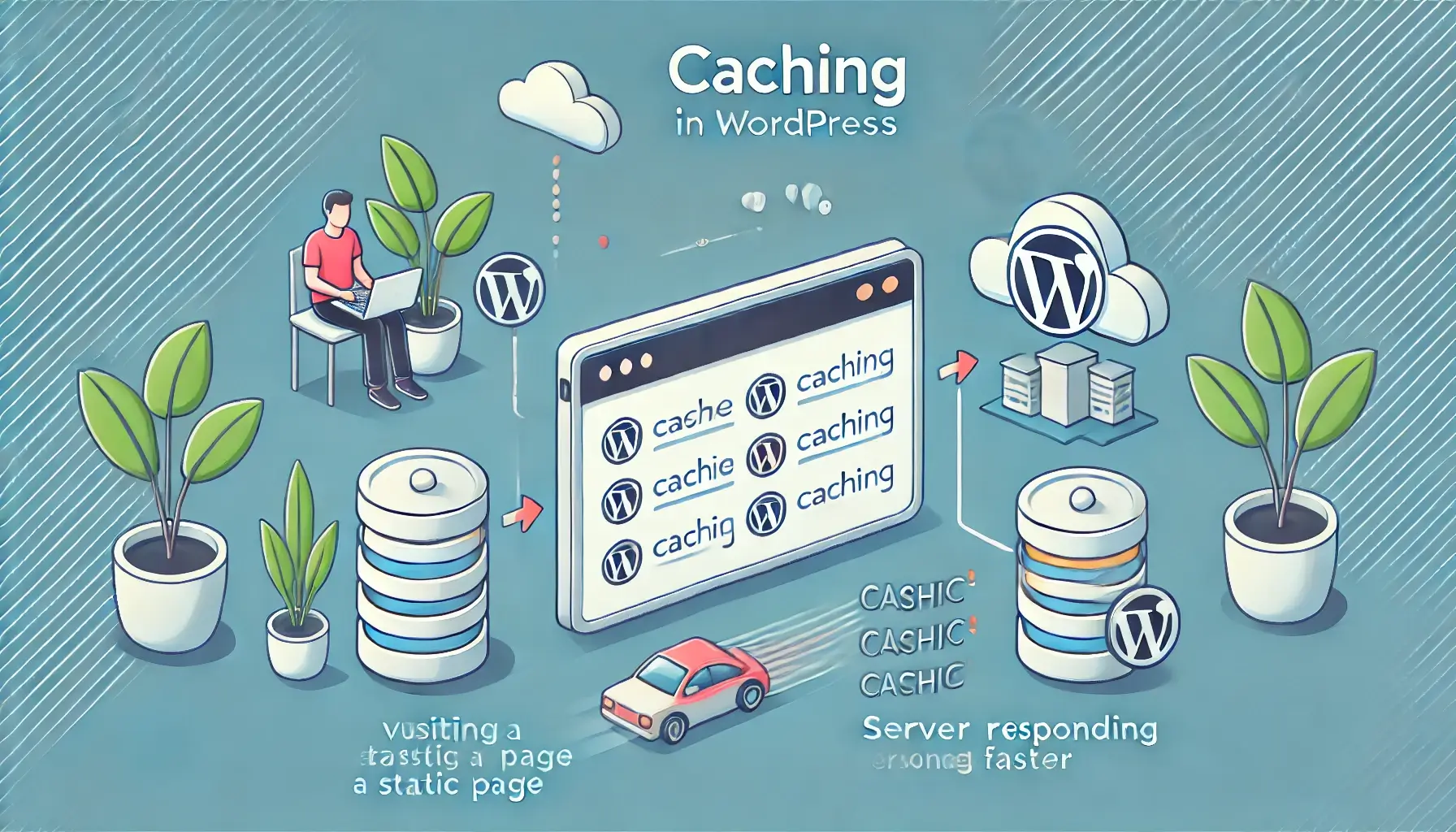What is WordPress malware and why is it harmful?
After going through the effort to build an attractive, effective website on WordPress, there is nothing worse than a malware attack bringing it down. Understanding what malware is and how it gets into your WordPress website makes it easier to avoid. It can also make it easier to clean up if it does.
What Is Malware?
Malware rears its head in many ugly forms. By definition, it is any program or software that was designed with the intent to cause harm to a server, network, device, or website. The term malware is a shorthand way of saying malicious software, which perfectly described what it is.
How Does it Get In?
The problem with malware is how many different ways it can work. Some methods are instantly recognizable and harder to fall for in 2021, but hackers are always trying new tactics. Some of the most common types of malware include:
- Adware – What is WordPress Malware
One of the best-known and most common types of malware is adware. Probably just about everyone with a PC or laptop has dealt with irrelevant pop-up ads when using certain types of websites. While the ads themselves may not do much harm, other than slow things down a little, clicking on them can be disastrous.
They often have links taking viewers to scam websites or downloads that open the gates for all the big bad wolves in the malware world.
- Spyware – What is WordPress Malware
A silent killer, spyware runs in the background, often unnoticed. It is a dangerous type of program that collects information, often for fraudulent use. By tracking your online activity then sharing private information with unwanted eyes, spyware can upend your entire cybersecurity.
It often breaks into your system via a free program or shared link that looks appealing but has a sinister hidden agenda.
- Viruses – What is WordPress Malware
Just like a virus that you may suffer from yourself, this type of malware can quickly take over your whole system and shut it down. It may stop some programs from functioning properly- or at all!
Accepting shared files from un-trusted sources, opening suspicious email attachments, or visiting flagged websites are just some of the ways a virus can find its way onto your device. Trojan horses are one of the trickiest viruses, as they appear on the surface as a trusted source.
What is WordPress Malware?
What does all this mean for your website on WordPress? Usually, malware results in diminished performance across every aspect of your site. Any types of malicious software can grant a hacker access to your website, where they can use it for a host of unsavory purposes.
Common red flags that may suggest your WordPress website is under attack are:
- The speed and performance of your website are diminished.
Your site may start running abnormally slowly and displaying unwanted pop-ups to your visitors. Activity like this could mean a hacker is using your server to run other operations, and possibly those of your website traffic as well.
- Server resources are being overused, and not by you.
Someone could use your website server to send out spam, phishing e-mails, or to divert attention from their location and activities. Many hackers use multiple host websites to make it harder to track the source of the original malware.
- Your SEO ranking and performance could suddenly deteriorate.
In many cases, a website owner does not realize they have been hacked until they are suddenly blacklisted from Google. Although frustrating, this happens because the search engine is working to protect its users. If there is malicious code on your WordPress site or someone has been tampering with the keywords or SEO structure. This is detrimental to a website, which is why you must act quickly.
How to Remove WordPress Malware
If you catch it on time, it is possible to save your website before it is too late. Although various paid services offer to remove it for you, it is a task you can do manually. By following some basic steps and using tools provided to you via WordPress, you can identify and remove malicious software.
Scan Your Website
On the official WordPress page, you can find a plug-in for scanning your website. Use it to check remotely for malware by simply entering your URL. If something is found, the plug-in alerts you and gives an overview of what seems abnormal. There are several scans you can run, all of which is advisable if you have even the slightest suspicion.
We have a FREE infection scanner at the link below.
https://www.wpfixit.com/wordpress-malware-scanner-plugin/
Check for Modified Files
If the integrity of your core WordPress files is intact, then things are OK. If not, you are definitely under attack. Any recently modified files should be checked to find out exactly what is going on. You can find a detailed guide on how to do this on official WordPress guides and walk-throughs.
Run Google Diagnostics to Check Your Status
You should also find out exactly where your website stands with Google and its blacklist, so you know how much damage control is needed.
Clean Files and Remove Hacks
Make sure you have a backup for all your original files before doing anything. You then need to delete and reinstall all files and plug-ins. Be sure to reset all links and passwords and re-scan your PC and website once the process is complete.
The Bottom Line – What is WordPress Malware
If you notice any sudden changes to your website or its performance, it is essential that you react quickly and report it to the WordPress security team. Use the tools at your disposal to remove any sinister programs and get your site back on track.
Malware can not only damage your website and the websites of others, but it can also ruin your brand’s reputation. Poor browser experience, irrelevant pop-ups, and blacklist warnings from Google are sure to drive potential traffic and customers away.
Check your website and servers as often as possible, and always keep on top of usage and movement. The better you know your site, the more likely you are to spot it early if something goes wrong.


















